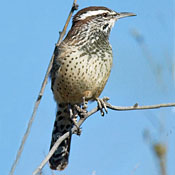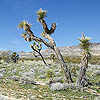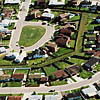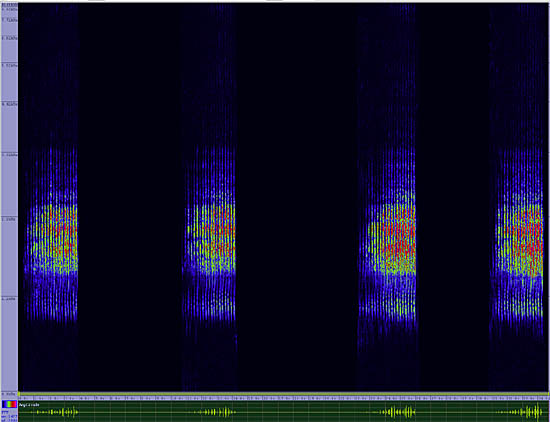Cactus Wren
Campylorhynchus brunneicapillus

Perching
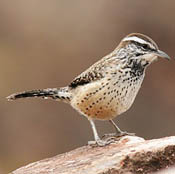
Length: 9 in. (22 cm )
Restricted to desert areas with catus and acacia, the Cactus Wren places it huge domed nest in the middle of the spiniest plant available. These nest are often also used for roosting during the winter. Insects make up only a part of this species\' diet, and fruit, seeds, berries and nectar make up the rest. Unlike many species, this wren maintains a defended territory all year round. It often enter suburbs and vegetated urban areas.
The four-digit banding code is CACW.
Bibliographic details:
- Article: Cactus Wren
- Author(s): Dr. Biology
- Publisher: Arizona State University School of Life Sciences Ask A Biologist
- Site name: ASU - Ask A Biologist
- Date published:
- Date accessed:
- Link: https://askabiologist.asu.edu/activities/bird/cactus-wren
APA Style
Dr. Biology. (). Cactus Wren. ASU - Ask A Biologist. Retrieved from https://askabiologist.asu.edu/activities/bird/cactus-wren
Chicago Manual of Style
Dr. Biology. "Cactus Wren". ASU - Ask A Biologist. . https://askabiologist.asu.edu/activities/bird/cactus-wren
Dr. Biology. "Cactus Wren". ASU - Ask A Biologist. . ASU - Ask A Biologist, Web. https://askabiologist.asu.edu/activities/bird/cactus-wren
MLA 2017 Style
Be Part of
Ask A Biologist
By volunteering, or simply sending us feedback on the site. Scientists, teachers, writers, illustrators, and translators are all important to the program. If you are interested in helping with the website we have a Volunteers page to get the process started.

